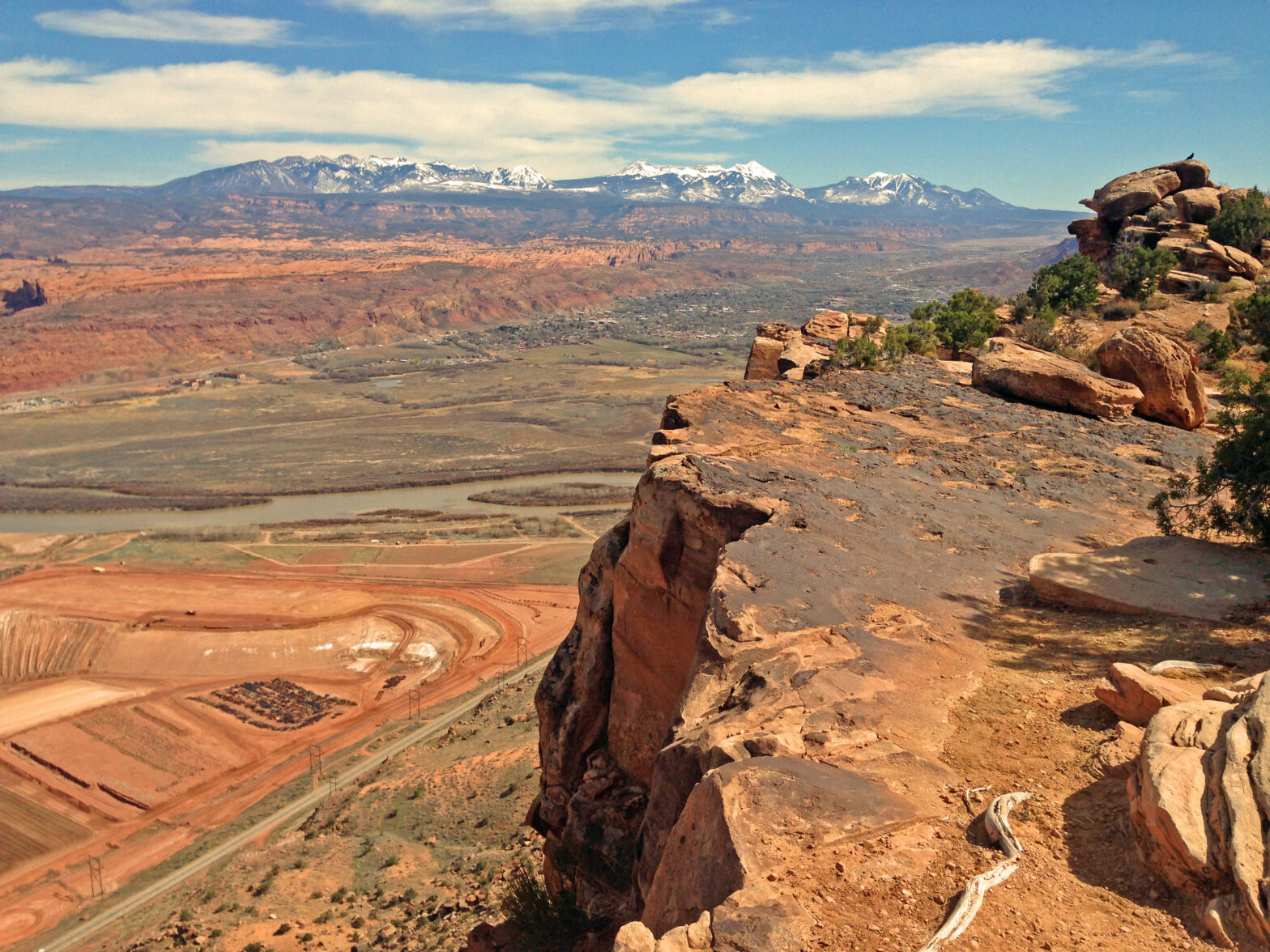Where to find the top trails?
The first problem in pursuing my goal to ride the top trails is to know how to find them. To answer this question, I have sought out three existing sources for the top trails in North America. These lists are provided by: Trailforks, MTB Project and Singletracks. Each source has their own website where they will provide a list of trails, their location, their difficulty level and a brief description.
As of December 2024, I have ridden many of these trails and have now ridden nearly 1,700 individual trails around North America. However, in trying to compare and combine these three lists I have discovered that there are problems with each of these lists, as I discuss below.
- Trail Ranking Algorithms – Due to the ranking algorithm that all of these lists utilize, they are overly influenced by the trail popularity, and not enough by the attributes of the trail itself. For example, these lists include a very high portion of trails near major urban centers and trails with lift access, such as the Whistler Downhill Park and Angel Fire. And many of the “top trails” are actually climb trails which are popular simply because they are the only way to access the top of the mountain.
- Trail Names – The naming of the trails is not always consistent between Trailforks, MTB Project and Singletracks. For my Top 100 List, I have used the names from Trailforks, as appropriate.
- MTB Project – This list often includes an entire sequence of trails rather than a specific trail, such as for the West Sedona Tour or the Kokopelli Trail in Fruita. While that approach helps when you are planning a trip to a general biking destination, I don’t find it helpful in selecting specific trails once you get there. Also, MTB Project seems overly influenced by its Colorado ridership – where 37 out of their top 80 trails are from Colorado. And alternatively, the MTB Project list surprisingly includes very few trails from Washington State or British Columbia.
- Singletracks – Similar to MTB Project, Singletracks often lists an entire trail system in the list rather than a specific trail, such as for the 18 Road Trails group in Fruita, CO or Galbraith Mountain in Bellingham, Washington. The Singletracks list also is highly influenced by its ridership in the Eastern United States, whereas their top list is overly populated by trails from North Carolina.
- Trailforks – Many of the trails on this list include popular climb trails, since they are the only way to access the upper trail networks. I have counted 18 of their top 100 trails are climb trails. These trails have been removed from my trail ranking. However, fortunately, the trail lists on Trailforks are typically segmented into the specific trails, which I like, rather than co-mingled into an entire loop or region such as what is done by MTB Project or Singletracks.
Overview of my Ranking Philosophy and development of my Top 100 Trail List
What makes trails fun or interesting has to do with the trail attributes such as the topography, the scenic vistas along the way, the challenging features, the trail construction, grooming and route selection. The trail ranking algorithms that Trailforks, MTB Project and Singletracks use are overly influenced by highly popular trails near major urban centers, or trails that are lift accessed trails such for the Whistler Downhill Park. But I would argue that just because a trail is popular, they may not actually be the best – they may be simply the most convenient or easy to ride by a wide range of riders. Alternatively, there may be many great trails that are very difficult to access or may be a fair distance from populous regions, but that doesn’t make them a poor trail. Therefore, I believe a trail needs to be evaluated, and ranked on its merits and not overly influenced by its popularity. I have discovered that popularity is a very poor criteria for what makes a trail “great”!
Trail Ranking Criteria and Trail Attributes
When we talk about riding a “fun” trail, we each might have a different take on which trails are actually fun. While some people may prefer fast and flowy trails, others might prefer the the scenery or the more technically challenging trails that offer a sense of accomplishment when the features are successfully ridden. Therefore, in trying to come up with a more objective and accurate trail ranking system, I have utilized four major characteristics to judge the merit of each trail: flow, scenery, technicality and variety. I briefly explain what I mean by these characteristics below.
- Flow – Fast, smooth, berms, rollers, s-turns and smooth switchbacks.
- Scenic – Open vistas, mountain ridges, how rare/unusual the scenery is, what portion of the ride is scenic.
- Technical – Steep, man-made or naturally occurring features, sharp corners, skinnies/planks, large drops or hucks, jumps, ledges or rim edges.
- Variety – Interesting or complex terrain, wide range of trail features or terrain, various segments with a wide range of attributes such as: flow, technical or scenic segments
- Trail Difficulty – I have not used this characteristic in my ranking system. All trails are similarly ranked, regardless of their level of difficulty. However, you may appreciate the technical attribute, by its very nature to challenge the rider, embeds the difficulty attribute.
I have placed an equal weight on each of these four criteria, but clearly, for those riders with a greater preference to one of the above characteristics, the relative ranking of this list would change. The equal weighting is intended to meet the preferences of a wide audience of MTB riders.
If you have any thoughts, or new ideas, on my trail list or ranking criteria, please comment in my Blog Post section.
